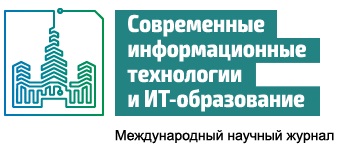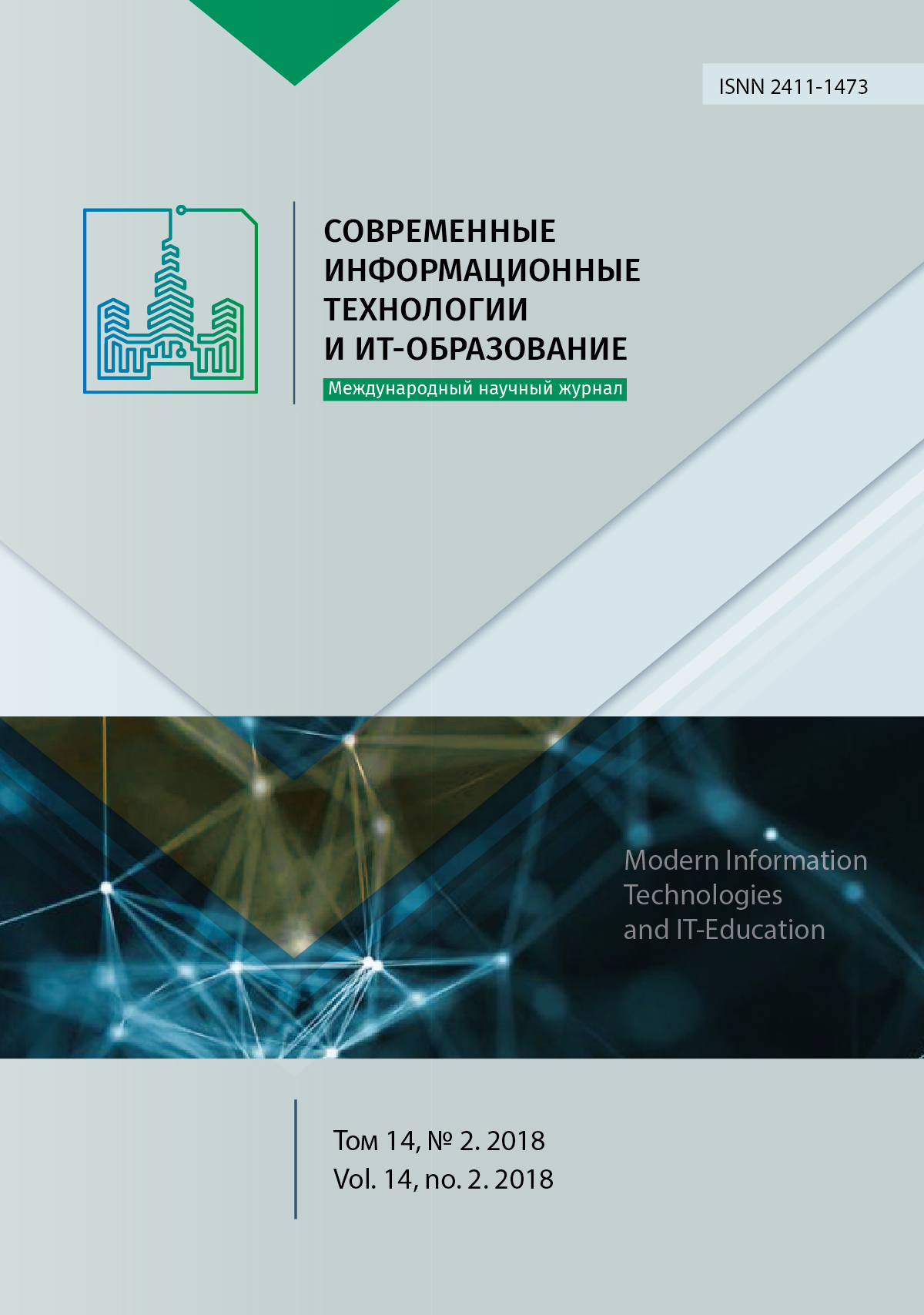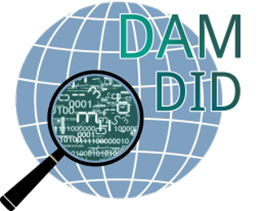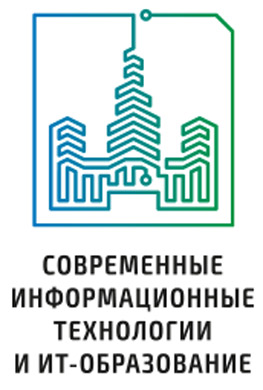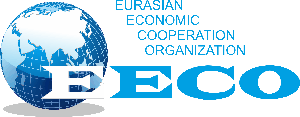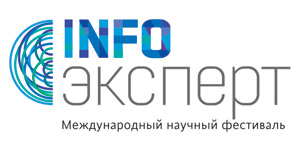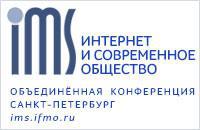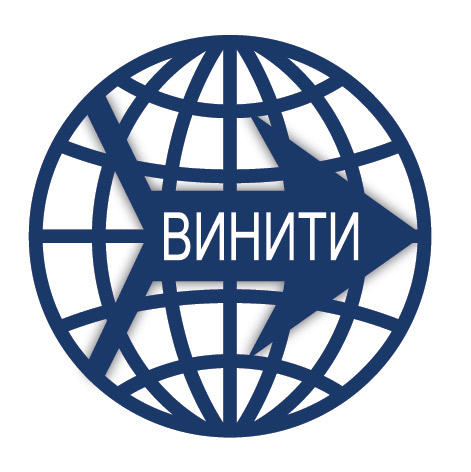КОРПУС ЖЕСТОВ В ПИСЬМЕННОЙ ФОРМЕ КАК ИНСТРУМЕНТ ДЛЯ ИССЛЕДОВАНИЯ ОСОБЕННОСТЕЙ ИХ ФОРМИРОВАНИЯ
(НА ПРИМЕРЕ РУССКОГО ЖЕСТОВОГО ЯЗЫКА)
Аннотация
Статья посвящена рассмотрению особенностей формирования жестов, используемых в жестовых языках глухих, и связанных с этим проблем их лингвистического описания. Жестовый язык является средством невербальной коммуникации людей с потерей слуха и занимает особое место среди всех языков. Он выступает в роли самостоятельного полноценного языка со своими правилами построения. В жестовых языках практически каждому слову имеется жестовое соответствие. До недавнего времени жестовые языки не имели своей письменной формы. Разработанные системы записи жестов (нотации) позволяют фиксировать все их элементы в виде последовательности знаков. Это даёт возможность передавать и хранить важную информацию, которая может быть использована в разных сферах деятельности человека. В работе дано описание особенностей формирования жестов, характерных русскому жестовому языку, и приведены примеры их записи с использованием знаков системы SignWriting. На данный момент эта система является наиболее распространённой во многих странах благодаря точности описания жестов и универсальности применения её ко многим национальным жестовым языкам. Это позволяет в удобной статической форме рассмотреть структуру жестов и выявить особенности их формирования. Исследование проведено на основе элементов собственного корпуса наиболее употребительных жестов, объединённых в группы различной тематики, в письменной форме с использованием знаков нотации SignWriting. Полученные результаты могут быть использованы специалистами, занимающимися проблемами записи жестов и жестовой речи и разработкой программ, основанных на их распознавании. Проанализированы особенности русского жестового языка на основе использования знаков SignWriting и продемонстрирована эффективность письменного представления жестов для изучения жестовых языков.
Литература
[2] Zaytseva G.L. Sign language. Dactylology. M.: Vlados, 2000. 192 p. Available at: https://studfiles.net/preview/1763429/ (accessed 25.03.2018). (In Russian)
[3] Dimskis L.S. Learn sign language. M.: Izd. tsentr «Akademiya». 2002. 128 p. (In Russian)
[4] Zavaritskiy D.A. Anaphora in Russian sign language. SPb.: Izd. Politekhnicheskogo universiteta. 2015. 100 p. Available at: http://www.surdonika.ru/upload/iblock/ad1/anafora_2015.pdf (accessed 25.03.2018). (In Russian)
[5] Lillo-Martin D., Gajewski J. One Grammar Or Two? Sign Languages and the Nature of Human Language. WIRES Cognitive Science. 2014; 5(4):387-401. DOI: 10.1002/wcs.1297
[6] Korolkova O.O. Functional Aspect of the Russian Sign Language: Defining a Research Approach. Vestnik NSU. Series: Linguistics and Intercultural Communication. 2017; 15(3):67–75. (In Russian) DOI: 10.25205/1818-7935-2017-15-3-67-75
[7] Prozorova Ye.V. Markers of the local structure of discourse in Russian sign language: Thesis ... doctor of philological sciences. M.: MSU, 2009. 244 p. (In Russian)
[8] Kimmelman V. Information structure in Russian Sign Language and Sign Language of the Netherlands: Dissertation Amsterdam Center for Language and Communication (ACLC). Faculty of Humanities (FGw) Amsterdam. 2014. 267 p. Available at: http://dare.uva.nl/record/1/432175 (accessed 25.03.2018).
[9] Grif M.G., Lukoyanychev A.V. Multimedia software complex for creating the dictionary of Russian sign language. Vestnik of Astrakhan State Technical University. Series: Management, Computer Science and Informatics. 2017; 1:105–114. (In Russian) DOI: 10.24143/2072-9502-2017-1-105-114
[10] Prillwitz S., Leven R., Zienert H., Hanke T., Henning J. HamNoSys. Version 2.0; Hamburg Notation System for sign languages: An introductory guide. International Studies on Sign Language and Communication of the Deaf. Vol. 5. Hamburg: Signum Press, 1989. 46 p.
[11] Khushdeep K., Parteek K. HamNoSys to SiGML Conversion System for Sign Language Automation. Procedia Computer Science. 2016; 89:794–803. DOI: 10.1016/j.procs.2016.06.063
[12] Nair M.S., Nimitha A.P., Idicula S.M. Conversion of Malayalam text to Indian sign language using synthetic animation. Proceedings of 2016 IEEE International Conference on Next Generation Intelligent Systems (ICNGIS), Kottayam, 2016. Pp. 1-4. DOI: 10.1109/ICNGIS.2016.7854002
[13] Kaur S., Singh M. Indian Sign Language animation generation system. Proceedings of the 1st International Conference on Next Generation Computing Technologies (NGCT), Dehradun, 2015. Pp. 909-914. DOI: 10.1109/NGCT.2015.7375251
[14] Kaur R., Kumar P. HamNoSys generation system for sign language. Proceedings of 2014 IEEE International Conference on Advances in Computing, Communications and Informatics (ICACCI), New Delhi, 2014. Pp. 2727-2734. DOI: 10.1109/ICACCI.2014.6968333
[15] Ferreira A.C.A. 3D Character Animation Using Sign Language: Dissertação de Mestrado apresentada à Faculdade de Ciências da Universidade do Porto em Área Científica. 2017. 108 p. Available at: https://repositorio-aberto.up.pt/bitstream/10216/106073/2/202824.pdf (accessed 25.03.2018).
[16] Stiehl D., Addams L., Oliveira L.S., Guimarães C., Britto A.S. Towards a SignWriting recognition system. Proceedings of the 13th International Conference on Document Analysis and Recognition (ICDAR), Tunis, 2015. Pp. 26-30. DOI: 10.1109/ICDAR.2015.7333719
[17] Iatskiu C.E.A., García S.L., Canteri R.D.P., Antunes R.D. The low use of signwriting computational tools from HCI perspective. M. Antona, C. Stephanidis (Eds.) Universal Access in Human-Computer Interaction. Access to Interaction. 9th International Conference, UAHCI 2015, Held as Part of HCI International 2015, Los Angeles, CA, USA, August 2-7, 2015, Proceedings, Part II. Vol. 9176, Springer International Publishing, 2015. Pp. 373–382. DOI: 10.1007/978-3-319-20681-3_35
[18] Bouzid Y., Jemni M. TuniSigner: An Avatar based System to Interpret SignWriting Notations. Proceedings of the International SignWriting Symposium, 2014. 11 p. Available at: http://www.signwriting.org/symposium/archive/sws0023_Paper_tuniSigner_Avatar_Programming_Yosra_Bouzid.pdf (accessed 25.03.2018).
[19] Guimarães C., Guardezi J.F., Oliveira L.E., Fernandes S. Deaf Culture and Sign Language Writing System - A Database for a New Approach to Writing System Recognition Technology. Proceedings of the 47th Hawaii International Conference on System Sciences, Waikoloa, HI, 2014. Pp. 3368-3377. DOI: 10.1109/HICSS.2014.418
[20] Guimarães C., Guardezi J.F., Fernandes S. Sign Language Writing Acquisition – Technology for a Writing System. Proceedings of 2014 47th Hawaii International Conference on System Sciences, Waikoloa, HI, 2014. Pp. 120-129. DOI: 10.1109/HICSS.2014.23
[21] Bouzid Y., Jemni M. tuniSigner: A Virtual Interpreter to Learn Sign Writing. Proceedings of the 14th International Conference on Advanced Learning Technologies, Athens, 2014, pp. 601-605. DOI: 10.1109/ICALT.2014.176
[22] Bouzid Y., Jemni M. A Virtual Signer to Interpret SignWriting. K. Miesenberger, D. Fels, D. Archambault, P. Peňáz, W. Zagler (Eds) Computers Helping People with Special Needs, ICCHP 2014. Lecture Notes in Computer Science. Vol. 8548. Springer, Cham, 2014. Pp. 458-465. DOI: 10.1007/978-3-319-08599-9_69
[23] Stuart M.T. A Grammar of SignWriting: Thesis in Linguistics, University of North Dakota. 2011. 300 p. Available at: https://arts-sciences.und.edu/summer-institute-of-linguistics/theses/_files/docs/2011-thiessen-stuart-m.pdf (accessed 25.03.2018).
[24] Silva F.I.D. Analisando o processo de leitura de uma possível escrita da língua brasileira de sinais: SignWriting // Dissertação de Mestrado em Educação – Universidade Federal de Santa Catarina. Florianópolis. 2009. 114 p. Available at: http://www.cultura-sorda.org/wp-content/uploads/2015/03/Silva_Analisando_processo_leitura_possC3ADvel_escrita_LBS_Signwriting_2009.pdf (accessed 25.03.2018).
[25] Verma V.K., Srivastava S., Kumar N. A comprehensive review on automation of Indian sign language. Proceedings of 2015 IEEE International Conference on Advances in Computer Engineering and Applications, Ghaziabad, 2015. Pp. 138-142. DOI: 10.1109/ICACEA.2015.7164682
[26] Almeida I.R. Exploring Challenges in Avatar-based Translation from European Portuguese to Portuguese Sign Language: Thesis to obtain the Master of Science Degree in Information Systems and Computer Engineering. 2014. 101 p. Available at: http://web.ist.utl.pt/~ist163556/pt2lgp/lgp.pdf (accessed 25.03.2018).
[27] Myasoyedova M.A., Myasoyedova Z.P. Sign language notation systems and their comparative analysis. Modern Information Technology and IT-education. 2018; 14(1):183-192. (In Russian) DOI: 10.25559/SITITO.14.201801.183-192
[28] Kimmelman V. Linearization of weak hand holds in Russian Sign Language. Linguistics in Amsterdam. 2017; 10(1):28–59. Available at: http://www.linguisticsinamsterdam.nl/download?type=document&identifier=623511 (accessed 25.03.2018).
[29] Filimonova Ye.V. Functional-semantic category of aspectuality in Russian sign language: Thesis ... candidate of philological sciences. Novosibirsk: Novosibirsk State Technical University, 2015. 314 p. Available at: http://www.philol.msu.ru/~ref/dcx/2016_FilimonovaEV_diss_10.02.19_24.pdf (accessed 25.03.2018). (In Russian)
[30] Burkova S.I., Varinova O.A. On the question of the territorial and social variation of the Russian sign language. Ed. O.V. Fedorova. Russian Sign Language: First Linguistic Conference. M., 2012. Pp. 127-143. Available at: http://www.ipu.ru/sites/default/files/pub_files/RSL2012texts.pdf (accessed 25.03.2018). (In Russian)
[31] Myasoyedova M.A., Myasoyedova Z.P., Petukhova N.V., Farkhadov M.P., Yefrosinin D.V. Written form for sign language and its use for automated sign language interpretation. M.: MAKS Press, 2012. 180 p. (In Russian)

Это произведение доступно по лицензии Creative Commons «Attribution» («Атрибуция») 4.0 Всемирная.
Редакционная политика журнала основывается на традиционных этических принципах российской научной периодики и строится с учетом этических норм работы редакторов и издателей, закрепленных в Кодексе поведения и руководящих принципах наилучшей практики для редактора журнала (Code of Conduct and Best Practice Guidelines for Journal Editors) и Кодексе поведения для издателя журнала (Code of Conduct for Journal Publishers), разработанных Комитетом по публикационной этике - Committee on Publication Ethics (COPE). В процессе издательской деятельности редколлегия журнала руководствуется международными правилами охраны авторского права, нормами действующего законодательства РФ, международными издательскими стандартами и обязательной ссылке на первоисточник.
Журнал позволяет авторам сохранять авторское право без ограничений. Журнал позволяет авторам сохранить права на публикацию без ограничений.
Издательская политика в области авторского права и архивирования определяются «зеленым цветом» в базе данных SHERPA/RoMEO.
Все статьи распространяются на условиях лицензии Creative Commons «Attribution» («Атрибуция») 4.0 Всемирная, которая позволяет другим использовать, распространять, дополнять эту работу с обязательной ссылкой на оригинальную работу и публикацию в этом журналe.
